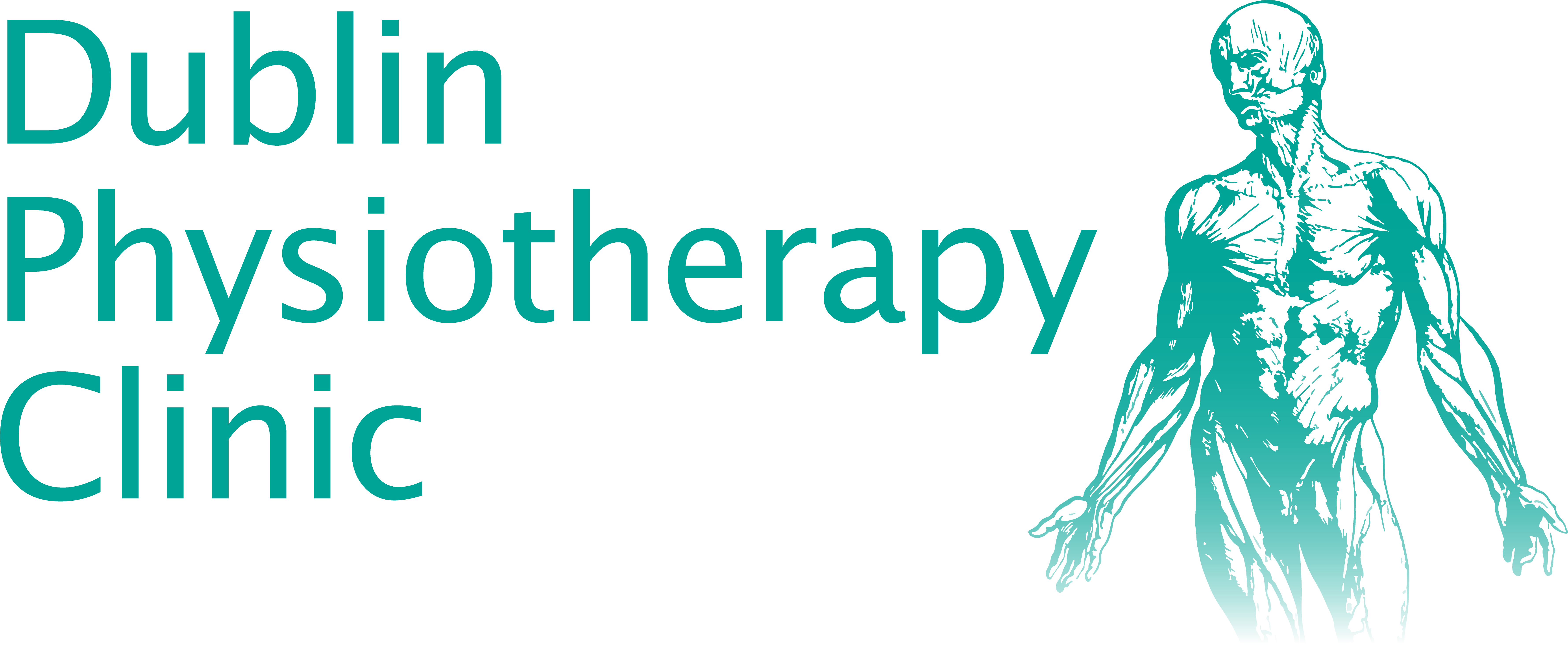In his last vlogs, David has talked about a number of problems that tend to affect the lower back, from Degenerative Disc Disease to Facet Joint Pain.
Today, as a part of this series of the causes of pain in the lower back region, we’re talking about Sacroiliac Joint Dysfunction and what are its symptoms and possible treatments. This joint is responsible usually as a cause of back pain in late stage pregnancies, party because the elastic ligaments necessary for labour make the pelvic structure more elastic for childbirth, causing however problems destabilising the sacroiliac joint.
This joint gets its name because of the two bones that create it; the sacrum, which you can find at the bottom of your spine, is one part of the joint, and the iliac bones, which form the blades of your pelvis, constitute the other part of it. So, there is one joint per side in the buttock, leading people to usually confuse the pain caused by sacroiliac joint problematics to hip pain, although it’s usually much less ordinary for the latter to show symptoms in the buttock.
What are the main causes of pain in this area?
This joint is very peculiar as its bones are usually described as corrugated, so designed to be forced together allowing very little movement yet still facilitating some movements as part of the linkage between lower back and hips.
The pain usually happens when the tissues are sensitive in that area and the causes are many; usually people find it painful to climb the stair, so lifting the leg and putting the weight through it creates discomfort. Other main causes of pain in the area are driving and bending forward, resulting in soreness in the low back area, specific in the sacroiliac joint’s region. Many low back issues, however, are directly linked to some of these causes and that’s why it’s important to ask for professional help in order to promptly identify the source of the problem and decide on the correct treatment.
How are these problems diagnosed?
One of the difficult things about the diagnosis of problems to this joint is that this is a clinical diagnosis, meaning that the patient has to go through a series of examinations and tests to establish what’s the source of the problem. Very rarely X-rays or MRI scans are helpful in diagnosing mechanical sacroiliac joint dysfunctions. There are other conditions known to cause soreness in the joint, commonly known as sacroiliitis, and these are inflammatory conditions which can usually start from the joint being sore. To confirm this diagnosis, it’s usually necessary to have a blood test.
For these reasons and because not always mechanical problems in this region show on X-rays and MRI scans, the clinicians will have to work through a systematic process to identify the source of pain.
One of the complications is that the joint has a complex nerve supply, meaning that, when this is sore, pain can be referred to many different places. If you want more information about this, the mechanism of referred pain was widely discussed in the previous video about
Because of these nerves, the patient can get pain in all different parts of the leg, leading people in different directions, as the source of their pain doesn’t seem very clear.
What are the treatments for these conditions?
The treatments are very various and can involve manipulations, stretching and specific muscle strengthening after identifying where the weaknesses are.
One of the most frequent things clinicians see is that the joint gets jammed or locked in a specific position, which is making the tissue sensitive; that’s important to identify as, without changing the position, you won’t be able to release the symptoms and unload the pelvis and ligaments. The priority is to make sure that the joint alignment is efficient, providing the foundation to try to build strength, it is in fact very common for people with an unstable joint that this can get moved and jammed on a frequent basis. It is essential, in these cases, to teach the patient ways to try and realign the joint with exercise, putting them in a good position to try to work on the musculature. This is indirectly also a way of trying to alleviate or relieve the symptoms.
If you want to know more about the possible treatments for sacroiliac joint pain you should watch David’s video and, if you think you’re suffering from one of the conditions mentioned above, ask Dublin Physiotherapy for a call back.





